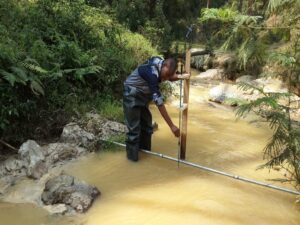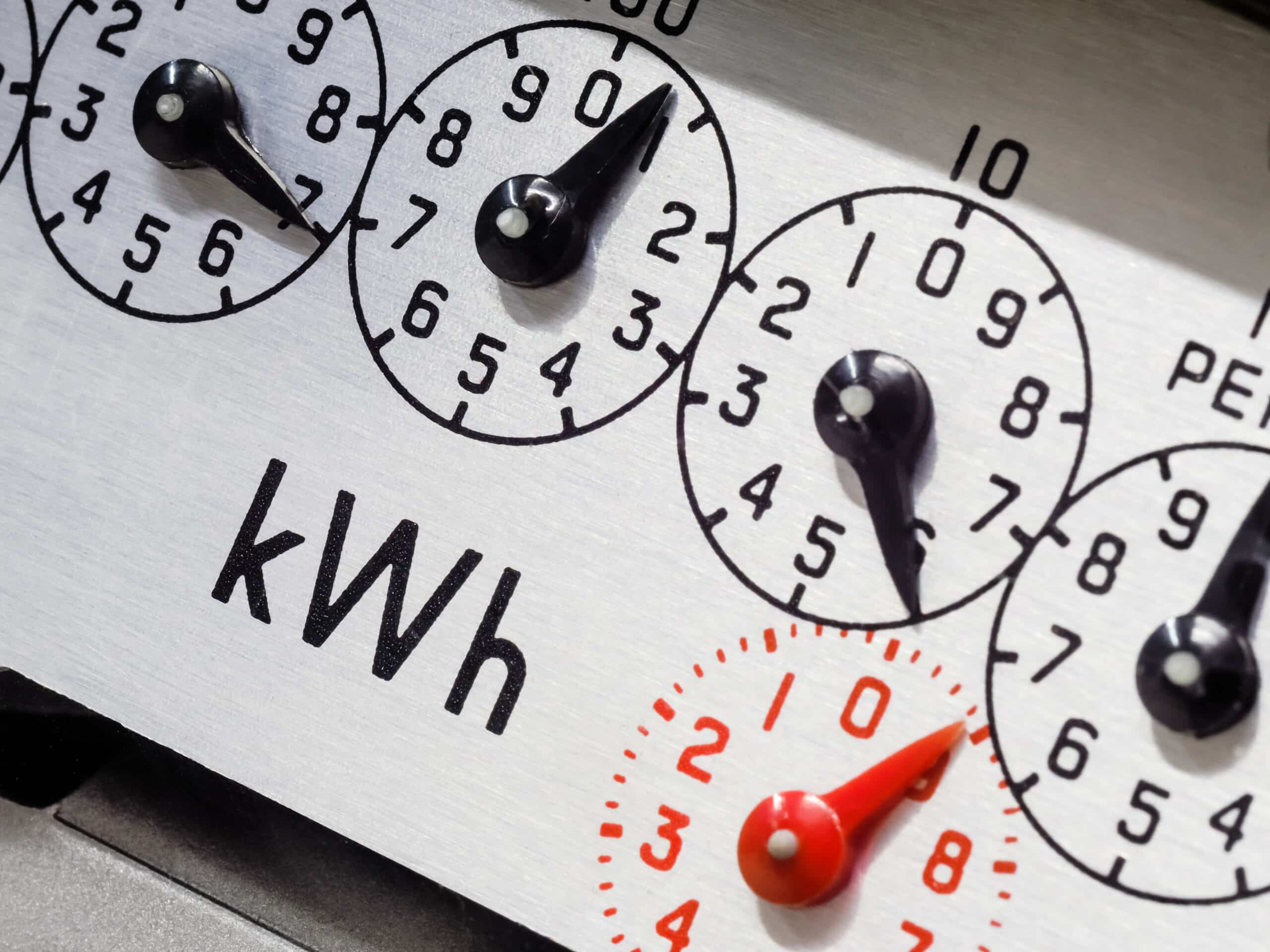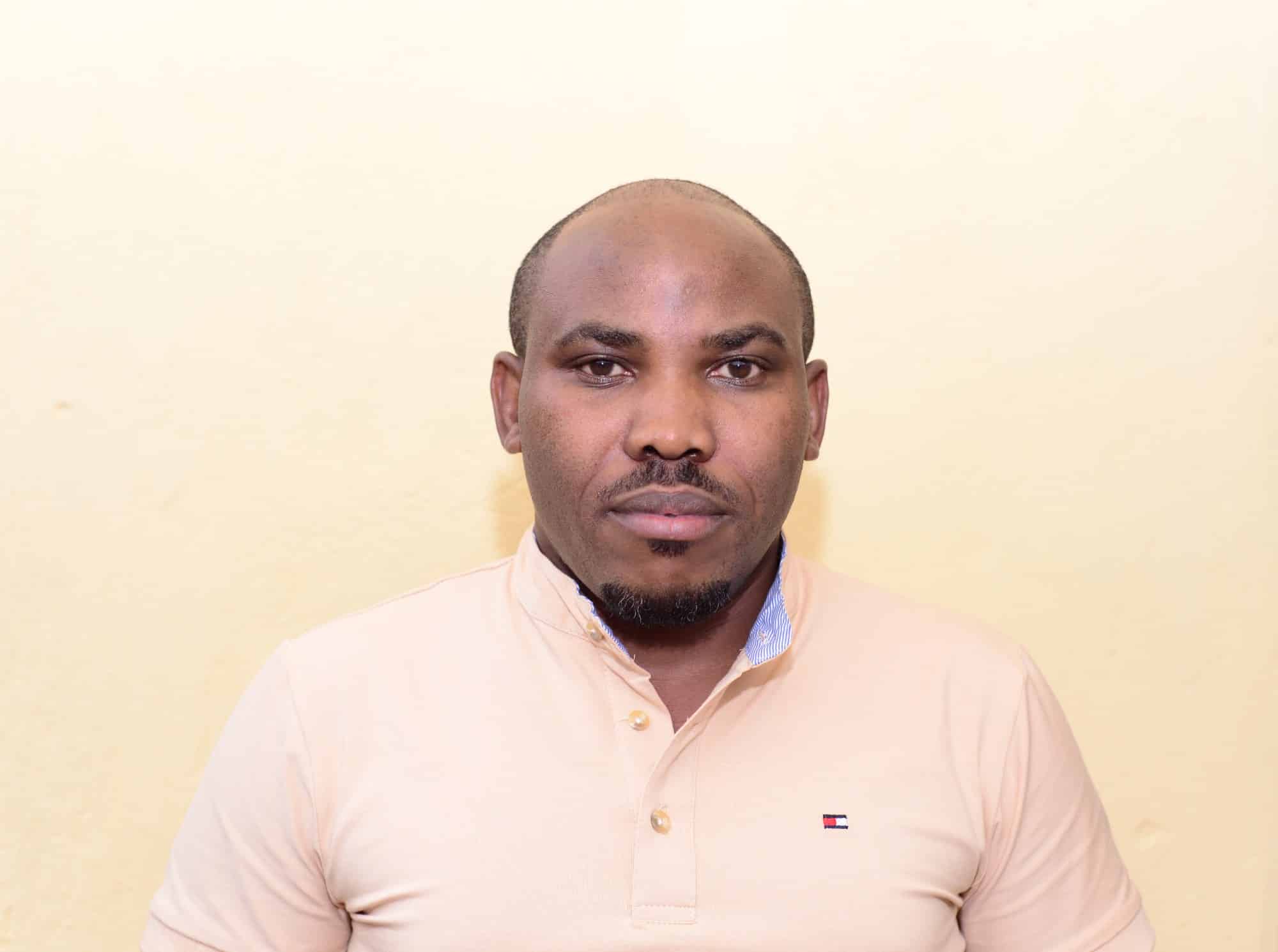In 2000, the Rwandan government launched its ‘Vision 2020’ development programme. Its main objective was to transform the country into a knowledge-based middle-income country over the next decade, thereby reducing health problems, and uniting the nation
into a single democracy.
While serious progress has been made towards realising Vision 2020, the programme has been severely hindered by Rwanda’s limited infrastructure, which includes the transport network, electricity grid, and water pipelines. It has been suggested that the expensive and unreliable electricity supply and low level of energy production are among the main factors limiting Rwanda’s manufacturing and industrial development.
My research supports the development of Rwanda’s energy system by proposing a set of Future Energy Scenarios (FES). The FES can be used to estimate the energy consumption and generation capacity up to the year 2050, and can provide a starting point for long-term energy planning. The scenarios consider key social, political and economic factors, the diversity of energy generation technologies and regional integration of these technologies, and Rwanda’s potential success in adopting low carbon technologies. I analysed my FES through the utilisation of the ‘Long-range Energy Alternatives Planning’ system (LEAP), developed by the Stockholm Environment Institute, which includes several built-in tools to easily create complex models and projections, and was used to estimate the future of electrical energy in Rwanda for a period of 30 years (2020-2050).
I propose through the FES that it is possible for Rwanda to achieve net-zero carbon emission targets by 2050. However, in order for this to happen, I have identified that the retirement of fossil fuel-based power plants and an immediate adoption of electric vehicles (EVs) in the transport system is required.
The need for speed
Energy systems are rapidly transforming, with change supported by political, environmental, technological and consumer motivation. Currently, the installed electricity capacity in Rwanda is approximately 226.7 MW. This is not a low capacity when compared to the existing electricity demand. However, Rwanda risks low capacity in the near future, as the government target is to reach 100% electricity access by 2024, and so electricity demand will increase. The good news is that the capacity can be increased in the most environmentally-conscious way by utilising renewable energy, as explained in ‘High Progression’ scenario.
Rwanda has considerable amounts of natural energy resources, such as hydro, solar, peat, and gas. Despite substantial economic growth, its per capita electricity consumption is low (30 kilowatt-hours) compared to other countries within the East Africa Community (EAC). Since 2008, the country’s power supply has grown by only 10%, while the annual peak demand grew from approximately 50 to 100 megawatts (MW) in 2019. There is therefore potential for both the supply and demand for electricity to increase, and my proposed solution is through developing the use of renewable energy sources.
As part of my FES, I have proposed three scenarios, although they are not by themselves a forecast of the expected pathways. The actual pathway adopted by Rwanda could be a combination of these scenarios, or any of them independently.
Future energy scenarios
Based on social, political, and economic influences, as well as the diversity of energy generation technologies, regional integration, and CO2 emissions, I have proposed several energy consumption and generation capacity scenarios based on a time frame from 2019 to 2050. The below FES are named based on the progress of adopting low carbon technologies. They are separated into ‘Basic progression’, ‘Medium progression’, and ‘High progression’ adoption scenarios.
Within each scenario, the demand initially increases rapidly. The total annual electrical energy demand is projected to increase year-on-year from 2019, largely due to the electrification speed, as the plan is to provide 100% electricity access by 2024.
Energy consumption scenarios
- Basic Progression: In this scenario, the total energy demand increases to around 7906 GWh. Due to policy, economic, and technological factors as well as customer perception, consumers are likely to adopt cheap but less efficient lighting systems. During peak hours, demand increases beyond the normal supply and requires additional supply from fuel-based power plants, which in turn contribute to a high increase in CO2 emissions.
- Medium Progression: Here, customers are more inclined to purchase larger and more efficient appliances, due to factors such as increased availability and government policy which promotes the use (and distribution) of energy-saving devices. This results in a medium progression of low carbon technology adoption. By 2030, it is estimated that the use of EVs in Rwanda’s transport system will start to raise the electricity consumption, and this will affect energy efficiency. This scenario represents the greatest scaling down in total energy demand, to just 6800 GWh by 2050, compared to the value of 7906 GWh in the basic progression scenario.
- High Progression: My findings show that in the high progression scenario, the total demand is the lowest by 2050 at 6,003.5 GWh. The factors which will lead to this low energy demand include the full adoption of demand-side management programmes (to modify consumer demand for energy), a reduction in the average energy intensity of lighting, and an improved transport system.
Energy supply scenarios
Below are three scenarios for Rwanda’s renewable electricity generation resources, which describe how the annual output from these resources could evolve up until 2050:
- Basic Progression: In this scenario, the generation capacity increases to around 1350 MW by 2050. Low carbon technologies are adopted through greater use of available traditional electricity resources such as hydro, methane, peat, and biofuel, which in turn may help reduce Rwanda’s potential emissions. However, diesel-based power plants are not expected to retire and so these will contribute to an overall increase in CO2 emissions.
- Medium Progression: The proportion of renewable capacity grows in this scenario, but much more quickly starting from 2020 compared to the basic progression scenario. My forecast within this scenario shows a decrease in diesel-based power generation but at medium speed, and there is a higher proportion of renewable energy generation. However, much of this generation is intermittent, since electricity is only produced during favourable weather conditions.
- High Progression: A significant increase in hydro and solar-powered energy leads to a result where almost 100% of the country’s total electricity need is fulfilled by these sources by 2030. My results show a significant decrease in diesel-based power plants, and almost all plants are retired by 2044.
The above scenarios are dependent on electric transport being introduced in Rwanda by 2025. This deployment will significantly reduce the dependence on fossil fuels, and reduce CO2 emissions. It is expected that reaching close to net-zero carbon emissions by 2050 is achievable when the High Progression scenario is adopted.

Photo of Emmanuel measuring the flow rate of a river to assess its hydro-power potential
Conclusions
Energy is principal to Rwanda’s economy and development plans as it supports almost all the other sectors. An emissions-free energy sector is therefore necessary to achieve the country’s goals. My FES would support Rwanda’s long-term energy sector planning and investment by identifying and promoting durable solutions which will improve Rwanda’s clean energy output and support in mitigating climate change. The proposed FES also define a path for the delivery of low-cost energy for future consumers, while improving the contribution of the energy industry in adopting carbon emission reduction technologies.
My research demonstrates that Rwanda has the renewable energy resources and potential solutions that can meet the projected electricity demand by 2050, and the current use of fossil fuels can be completely substituted with electricity from hydro combined with other sustainable energy resources. This is illustrated in my high progression scenario, where reaching around net-zero carbon emissions by 2050 is shown to be possible.




